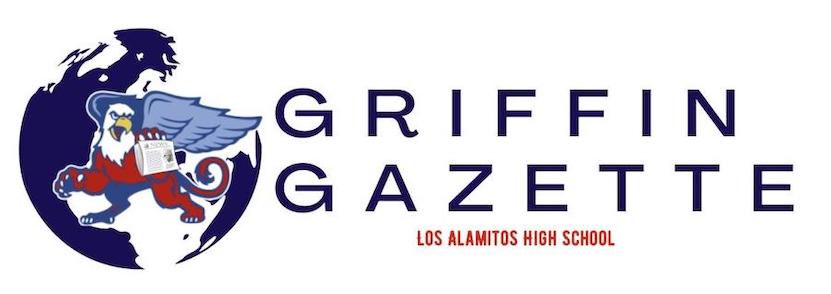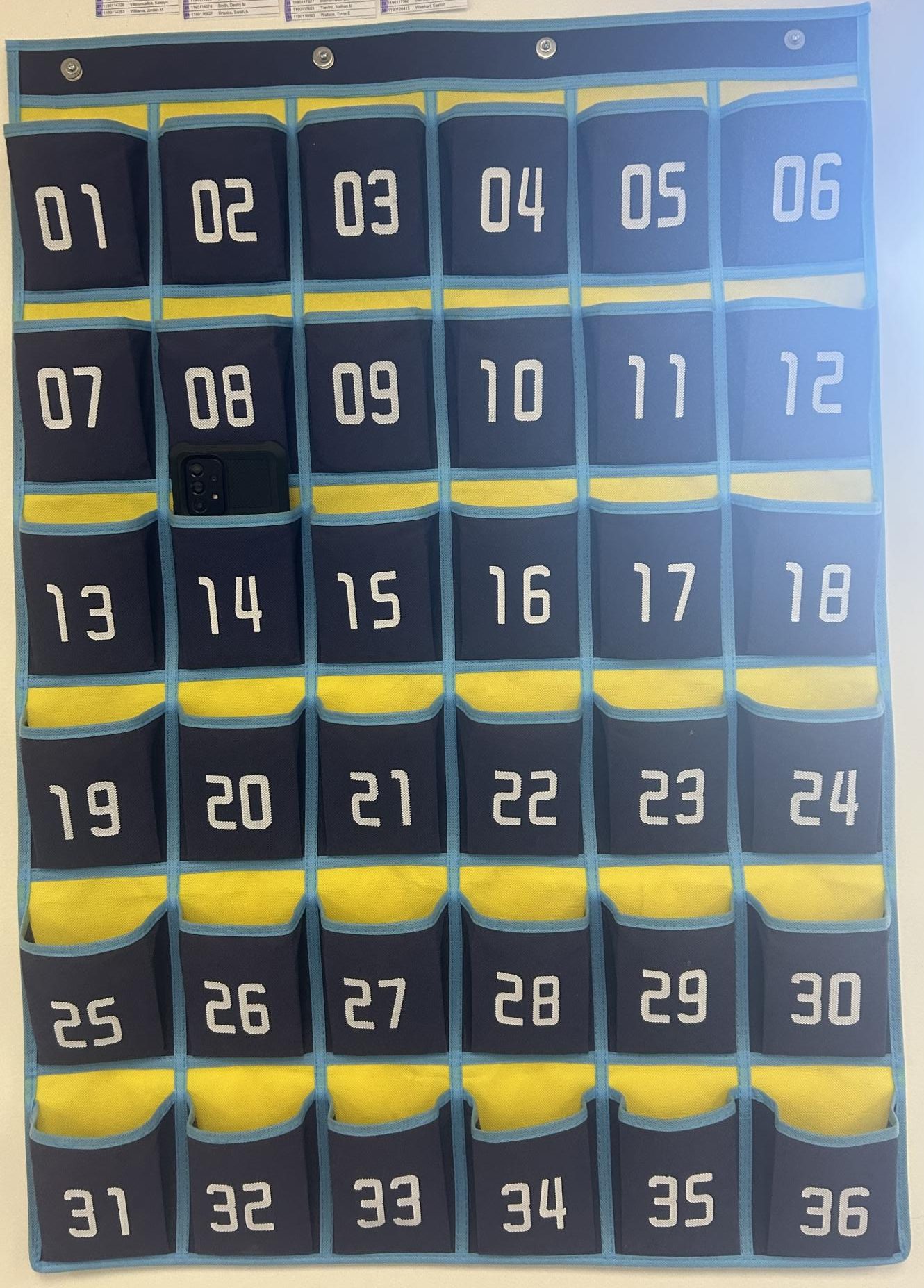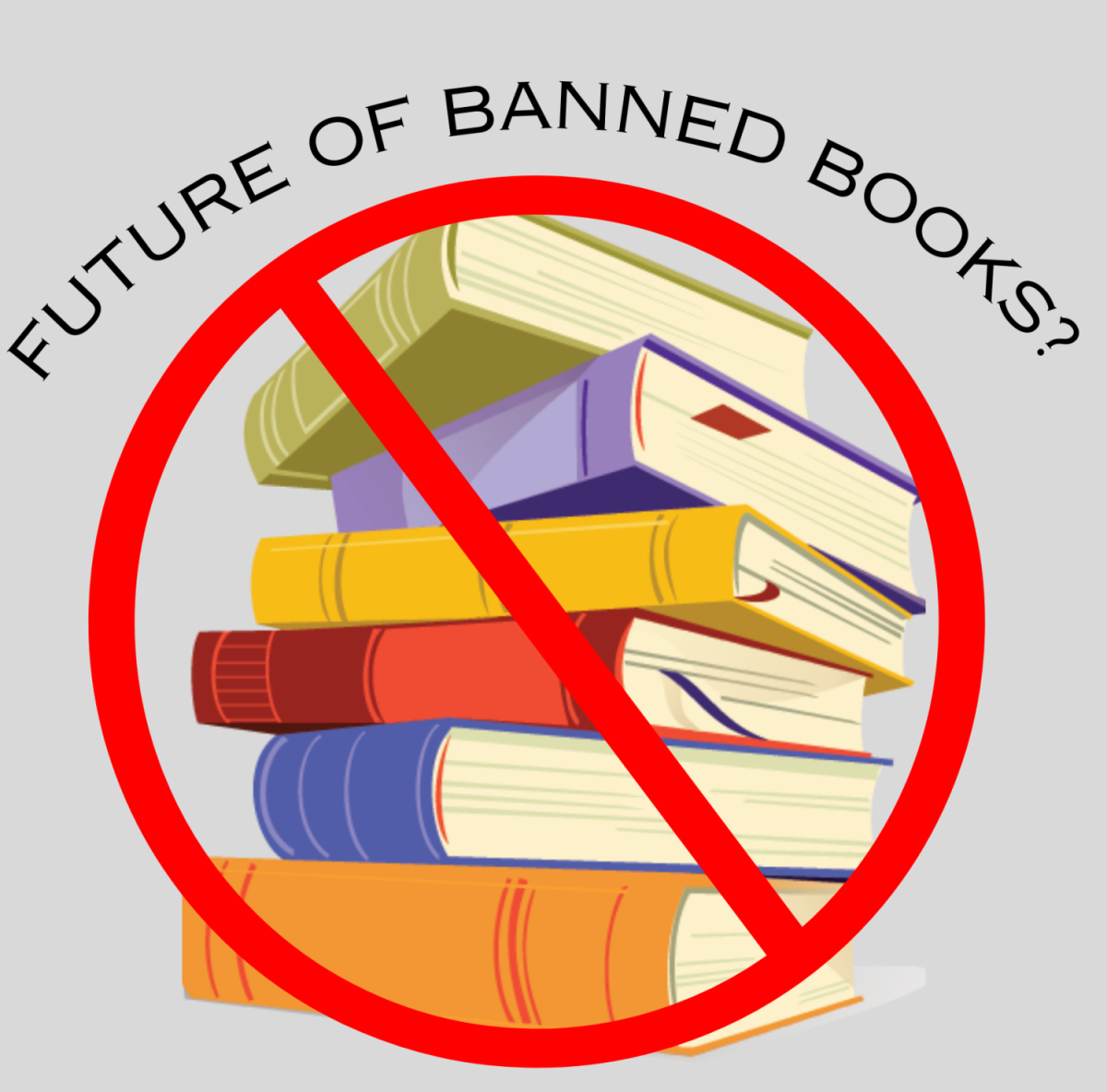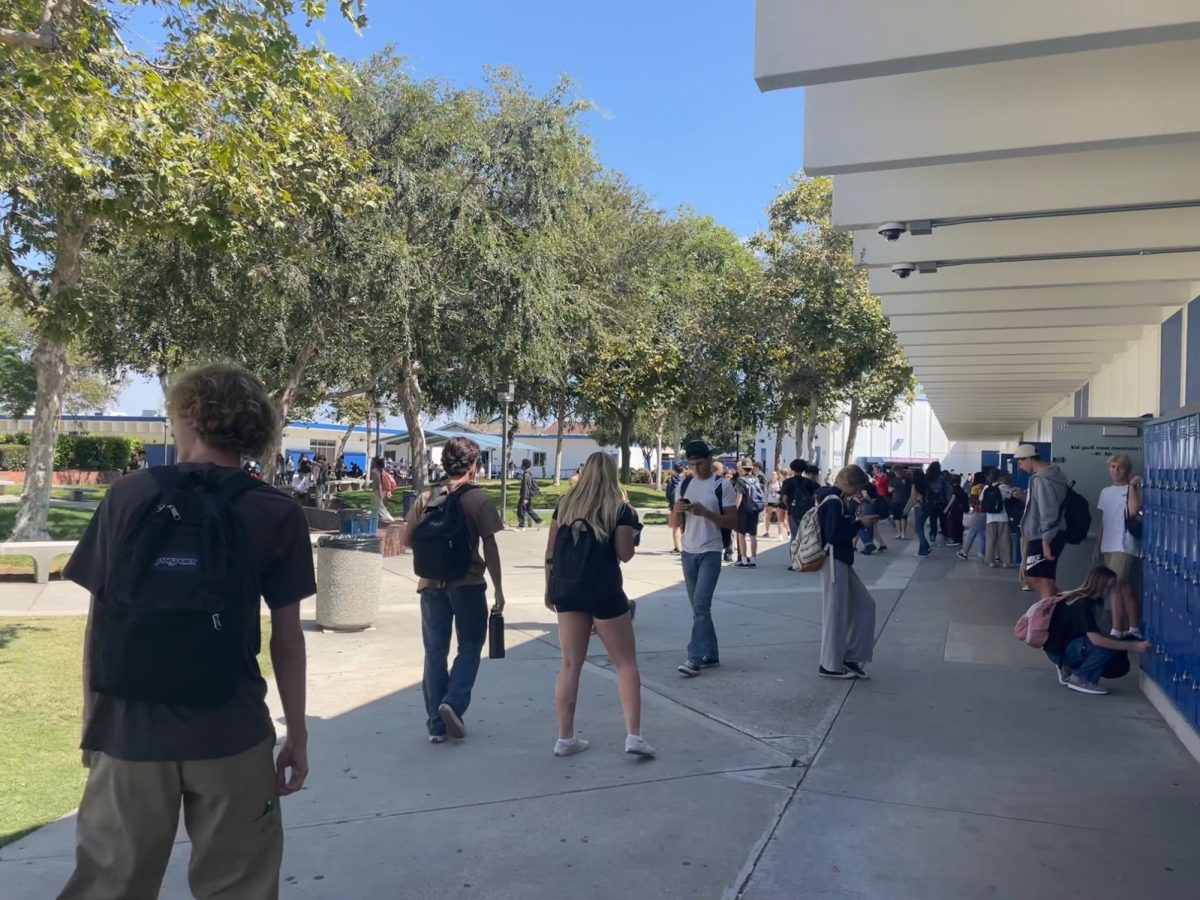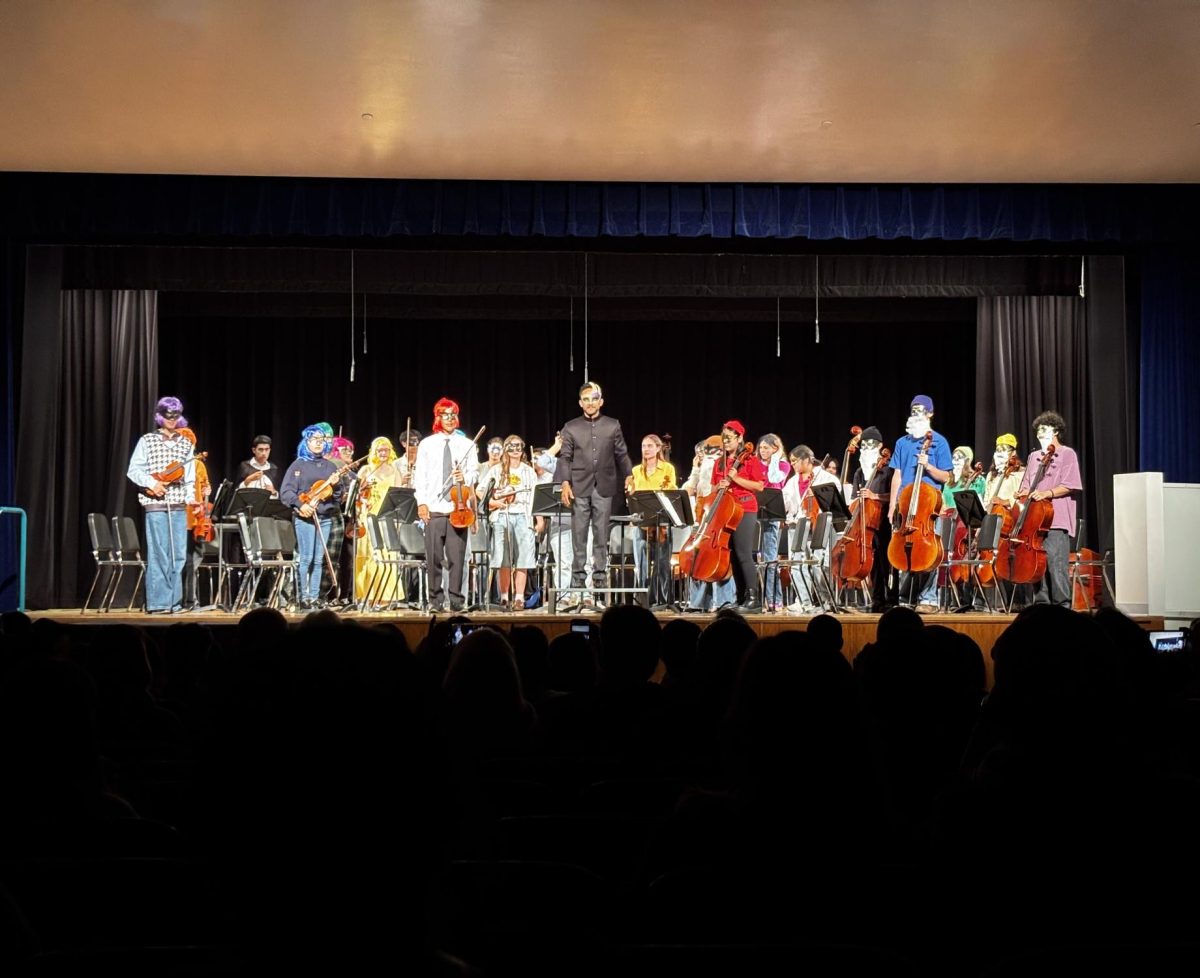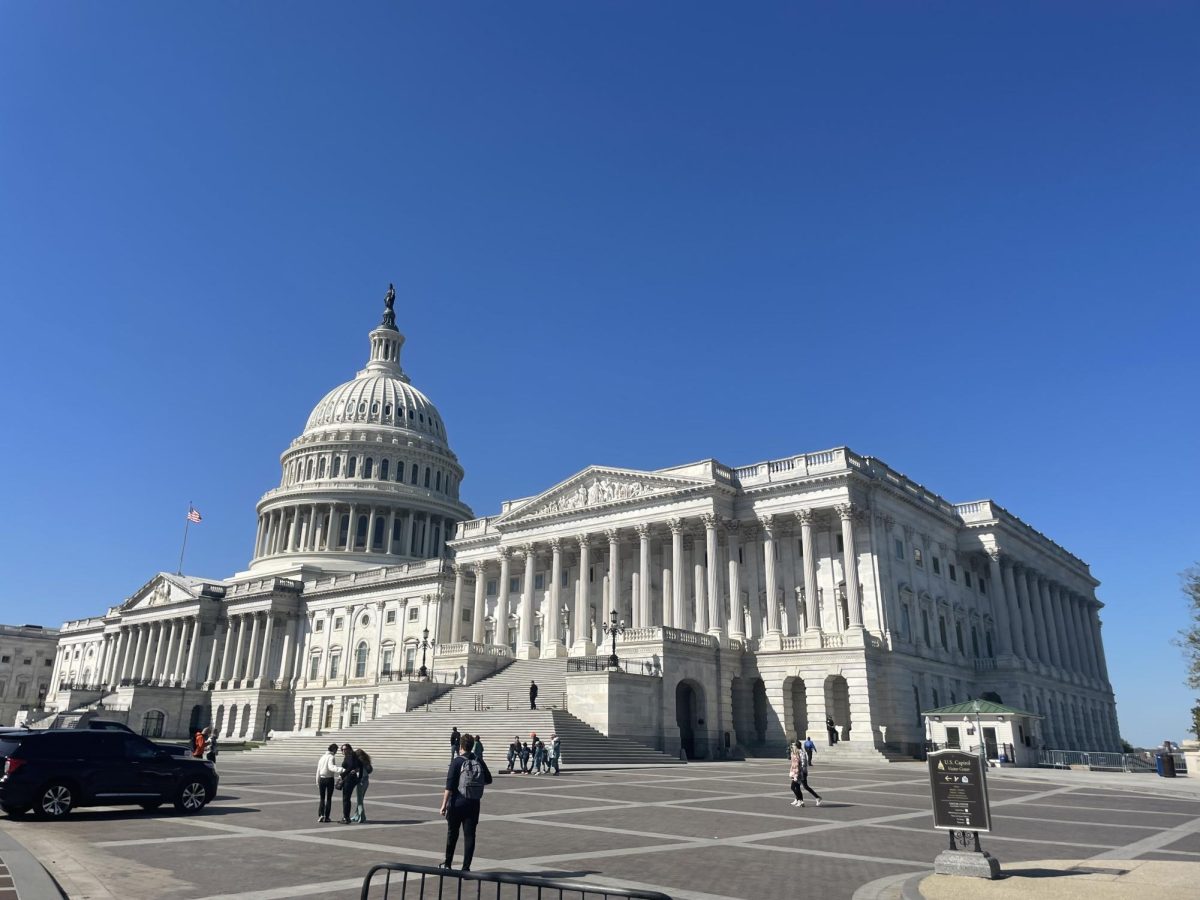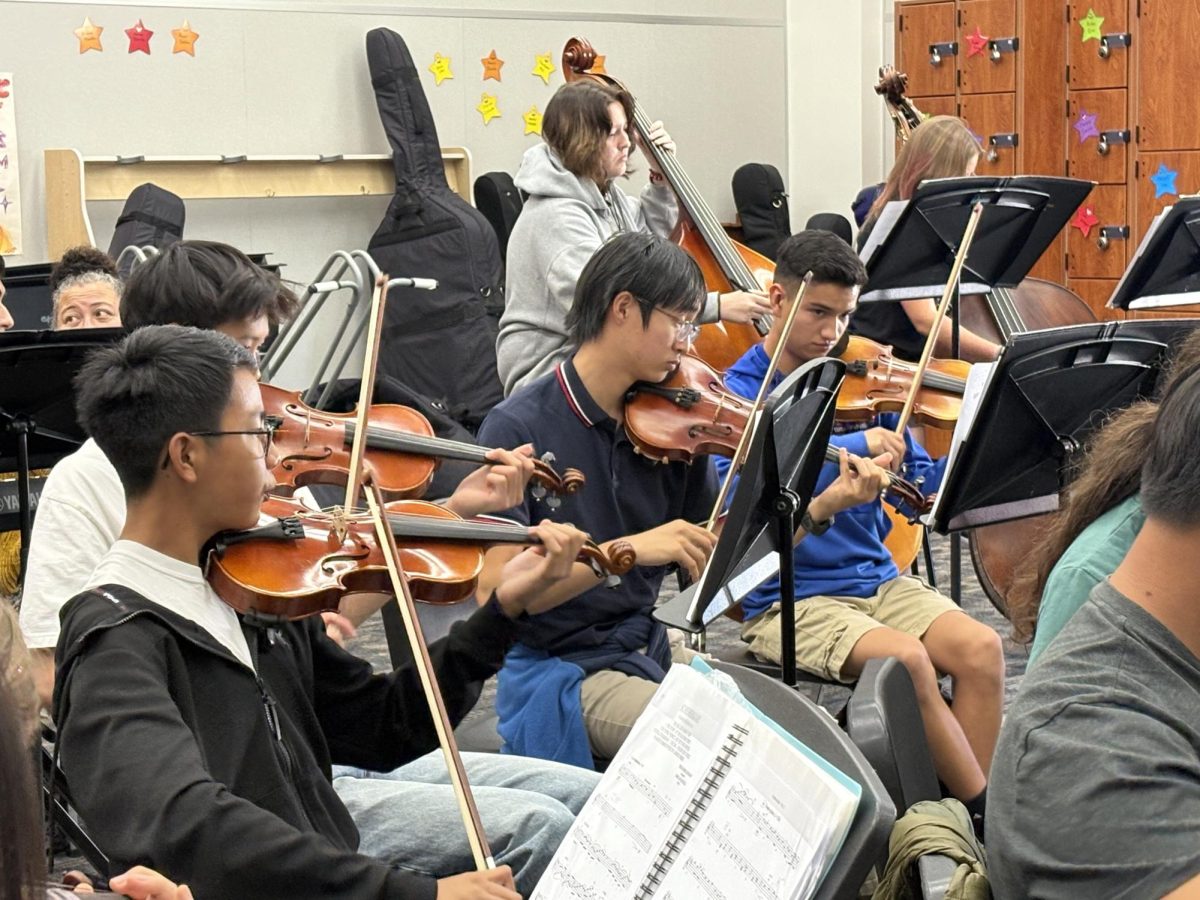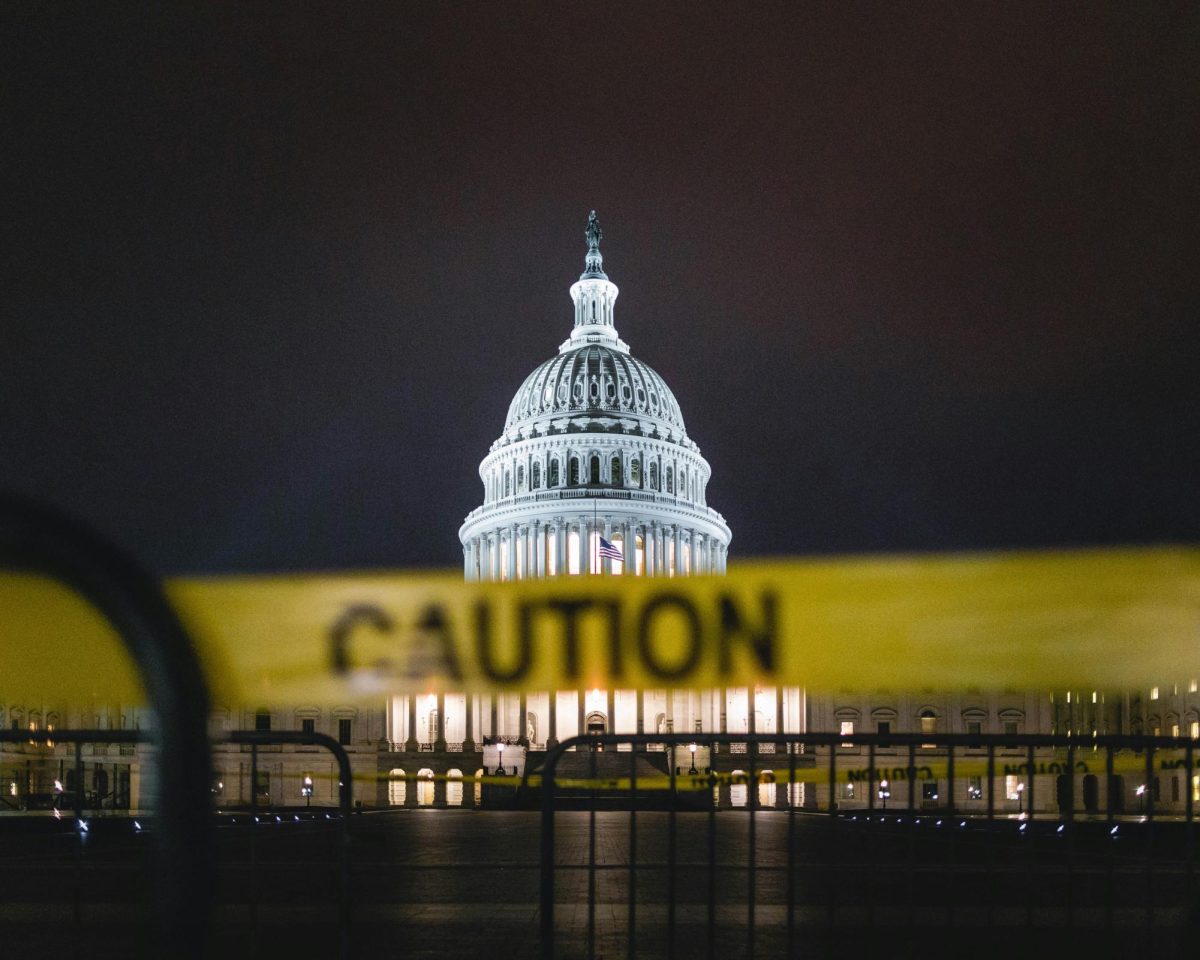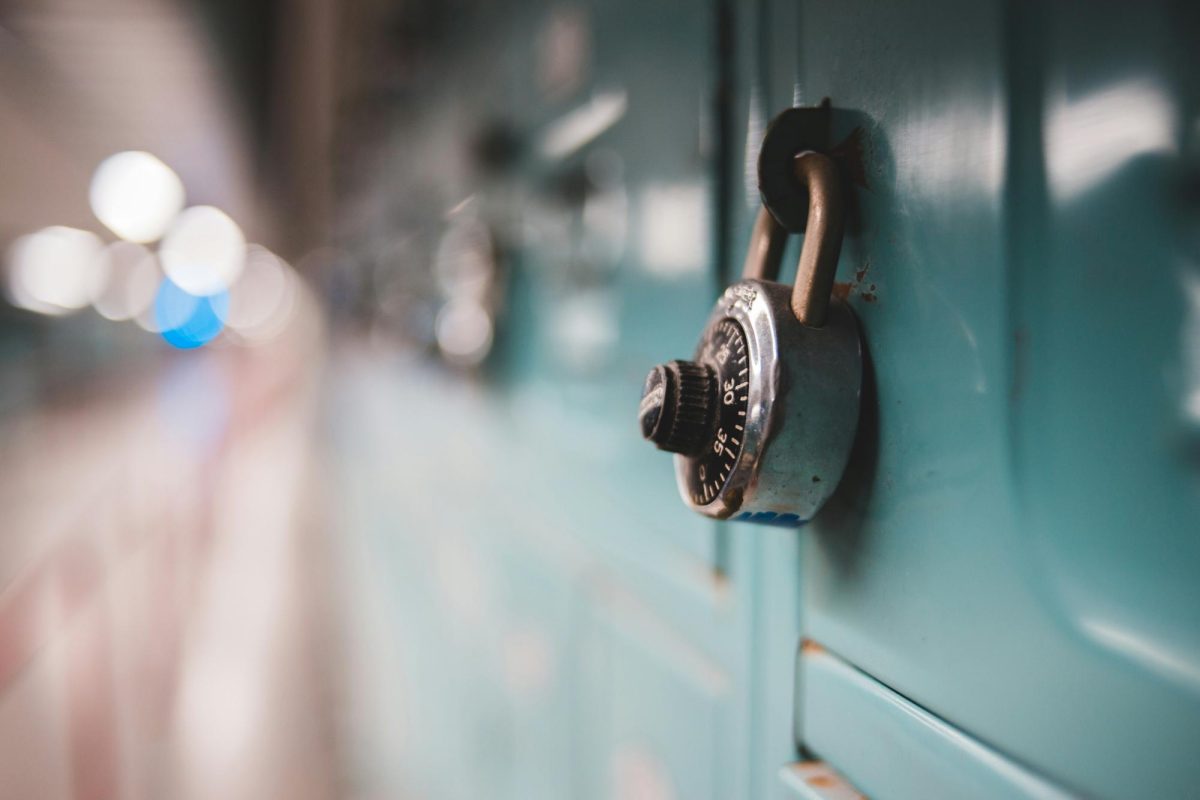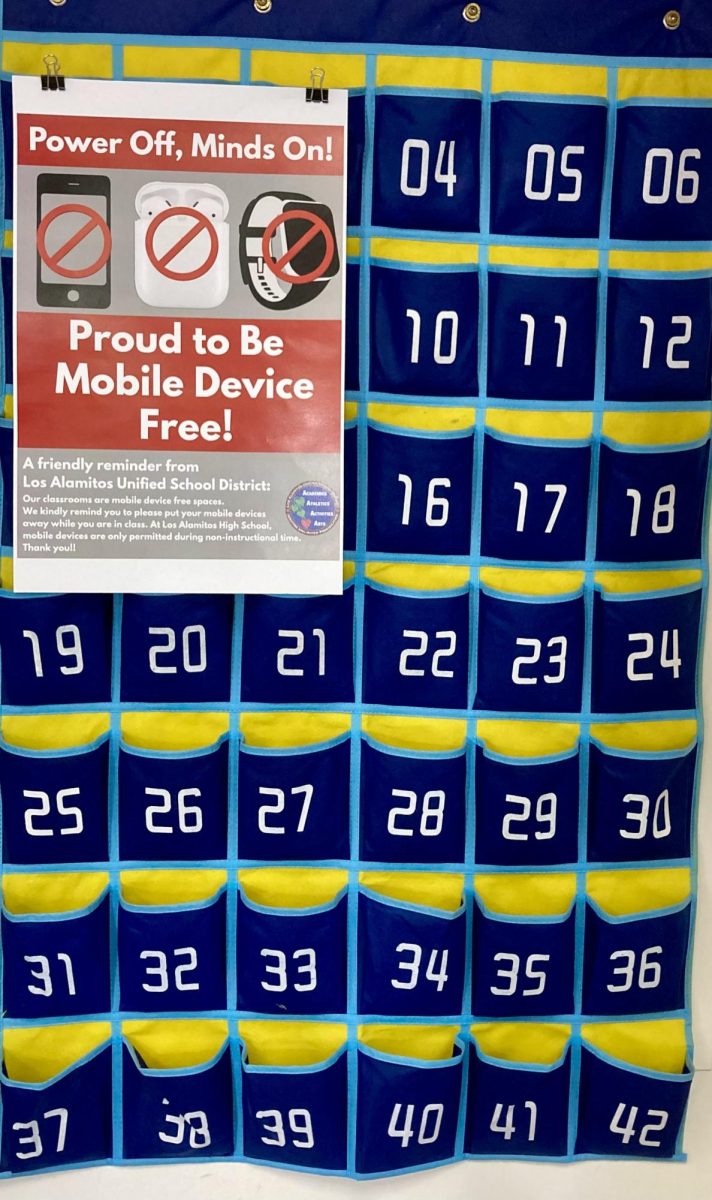LOS ALAMITOS, Calif. – In 2019, California Governor Gavin Newsom signed prop AB 272 into law, giving schools the authority to regulate phone use during school hours in California K-12 public schools. This law, is part of Newsom’s new youth mental health laws (known as the Master Plan for Kid’s Mental Health), which make up the Child and Youth Behavioral Health Initiative.
Citing the psychology behind using phones in schools, including mental health issues and poor educational performance of students as a result of phone use in schools.
“Using phones in schools causes a toxic downward cycle. If people are mentally stimulated on their phones in class, they’re not interacting with people, and their mental health goes down. And then to comfort themselves, they go back on their phones later in the day for more dopamine, and this stops the release of melatonin, causing sleep deprivation issues,” said Los Alamitos High School psychology teacher, Mr. Anderson.
For this reason, experts, educators and parents determined that school-wide phone restrictions/bans would improve these effects on well-being.
“AB 272 is a major victory for protecting and improving the mental health and academic outcomes of students across California,” said Assemblyman, Josh Hoover.
However, disapproval thrived, citing a decrease in communication, safety concerns and issues about students’ rights as reasons not to install these bans.
In 2024, recent laws that are meant to build on AB 272 are SB 1283 and AB 3216, were passed. In 2024, Texas’s House Bill 1481, which passed and was signed into law, banned use of phones during free time for students in public and charter schools, beginning Sept. 2025. Also, from 2024-2025, South Carolina set out a provision that requires schools to ban cell phones during the school day to receive state funding.
The tension reached a climax on Sept. 23, 2024 when California Governor Gavin Newsom signed Assembly Bill 3216, the Phone-Free School Act, which promises to lower cell phone use in California public schools. According to Newsom, the proposition will mandate school districts in California to restrict and limit student cell phone use during school hours by July 1, 2026, although most California school districts have restrictions for the 2025-2026 school year.
The bill recieved both backlash and support, in the media, schools, and with students, faculty and parents.
“Parents are happy about (phone bans), they support it. And I think that a lot of classrooms were operating like this even before the policy was implemented. But teachers and students don’t care for it too much, but I haven’t gotten a lot of negative feedback from students about it,” said LAHS Vice Principal of Adminstration Mr. Bowen.
The general consensus is that phone bans are unnecessary; however, phone restrictions are generally wanted.
“I believe we need to create restrictions at school as well as allow access to information essential to learning be accessible to students,” said Los Alamitos Board of Education Member, Chris Forehan.
For most California students, phone bans are an effective solution to a complicated problem. However, some students worry about the safety concerns and the effectiveness of these new restrictions.
Of a survey of 200 LAHS students, 40% said that phone bans were necessary. Meanwhile, 60% said that phone bans were beneficial. However, many expressed concern over how the ban will be implemented and if it will be too strict regarding safety concerns.
William said in the LA Times that phone bans are unneccessary and difficult to implement.
“I don’t see how it will work,” said 17-year-old Van Nuys High School student William. “I don’t see how it’s fair. Is this necessary?”
In lower grades, phone bans have progressed to full-on bans, meaning phones are not allowed during school hours and are confiscated if one uses it. In Marina Del Rey Middle School, one example of a school enacting a phone ban, phones are placed in Yondr pouches during homeroom and taken out at the end of their day.
For middle and elementary school students in schools with phone restrictions, the California phone bans have little to no effect on their daily routine.
Conversely, for high schools that fully ban phones, having no phones is a far more complex issue. The California Student Boards Organization is pushing for a government ban.
High schools moving to full-on bans include the Bullard High in Fresno, Urban Discovery Academy in San Diego and San Mateo-Foster City District. As well, the Los Angeles Unified School District has had a school day ban, known as “Off and Away,” since last year.
In restricted California high schools, having no phones minimizes available resources and technology, while simultaneously improving mental health. But are students, staff and parents willing to give up technology benefits for health?
¨From what I have seen, about 95% of students don’t really like the phone bans, while like 90% of parents don’t like it. Also, 60% of staff don’t really agree with completely banning phones,” said Garden Grove Unified School District representative, Torri Rocco.
Effects nationwide
In June, the Los Angeles school district will ban phones for more than 400,000 students with California leading the way in student mental health, grades, attendance, and less suspensions or detentions. New York public school chancellor David Banks is also developed a school phone ban, which affects more than 1.1 million people, taking place during the 2025-2026 school year. In Oregon, Governor Tina Kotek signed Executive Order 25-09, which will prohibit phone use by the start of 2026.
“Oregon’s schools should be a place where students find belonging, support, and the joy of learning something new.” Governor Kotek said. “The research is clear: cell phone use can create a trifecta of consequences for our young people – mental health issues, safety in school, and distraction from learning. I signed this order to stand up for the promise of every student in every corner of the state.”
The Phone-Free School Act will officially be required by law on July 1, 2026, requiring by law that California school districts to limit or prohibit cellphone usage.
While there are conflicting opinions, the lawmakers’ Assembly Bill 3216 will pave the way for better child safety and youth mental health laws.
“I believe phones create distractions for students, so setting limits and restrictions helps. These restrictions are not a cure-all, but paired with other supports, they make a positive difference in a student’s mental health,” said LAHS Assistant Principal of Athletics, Mr. Hyepock.
